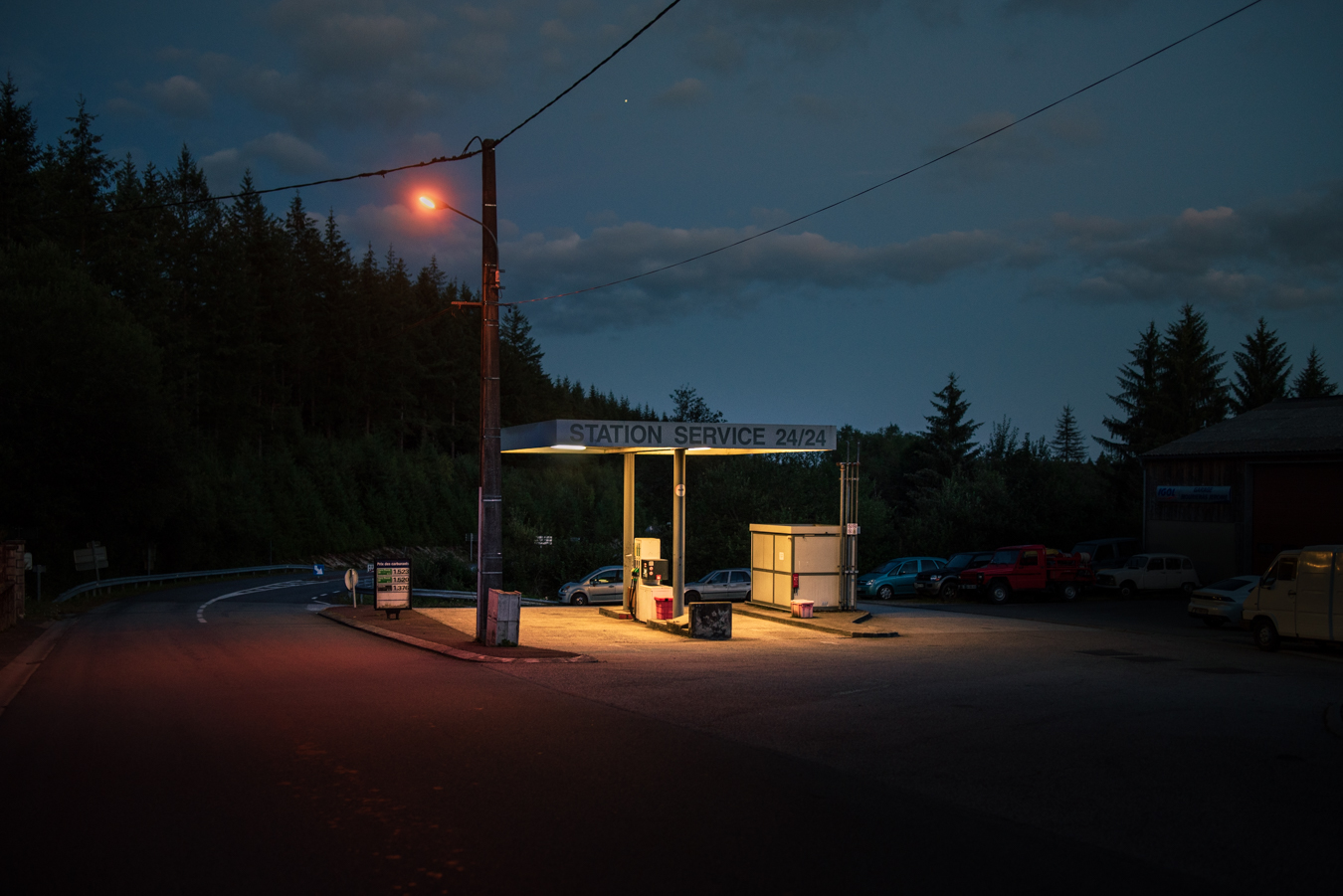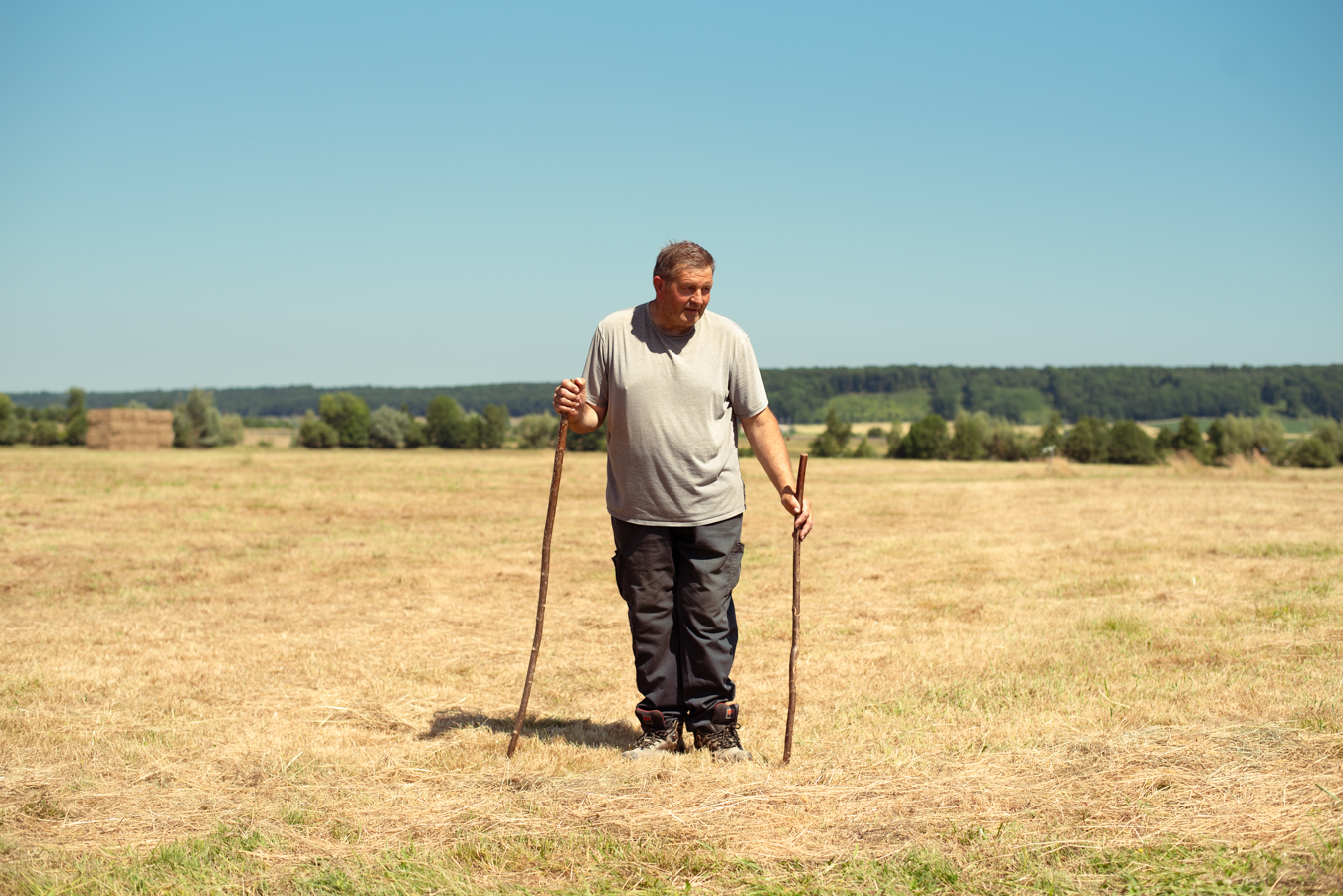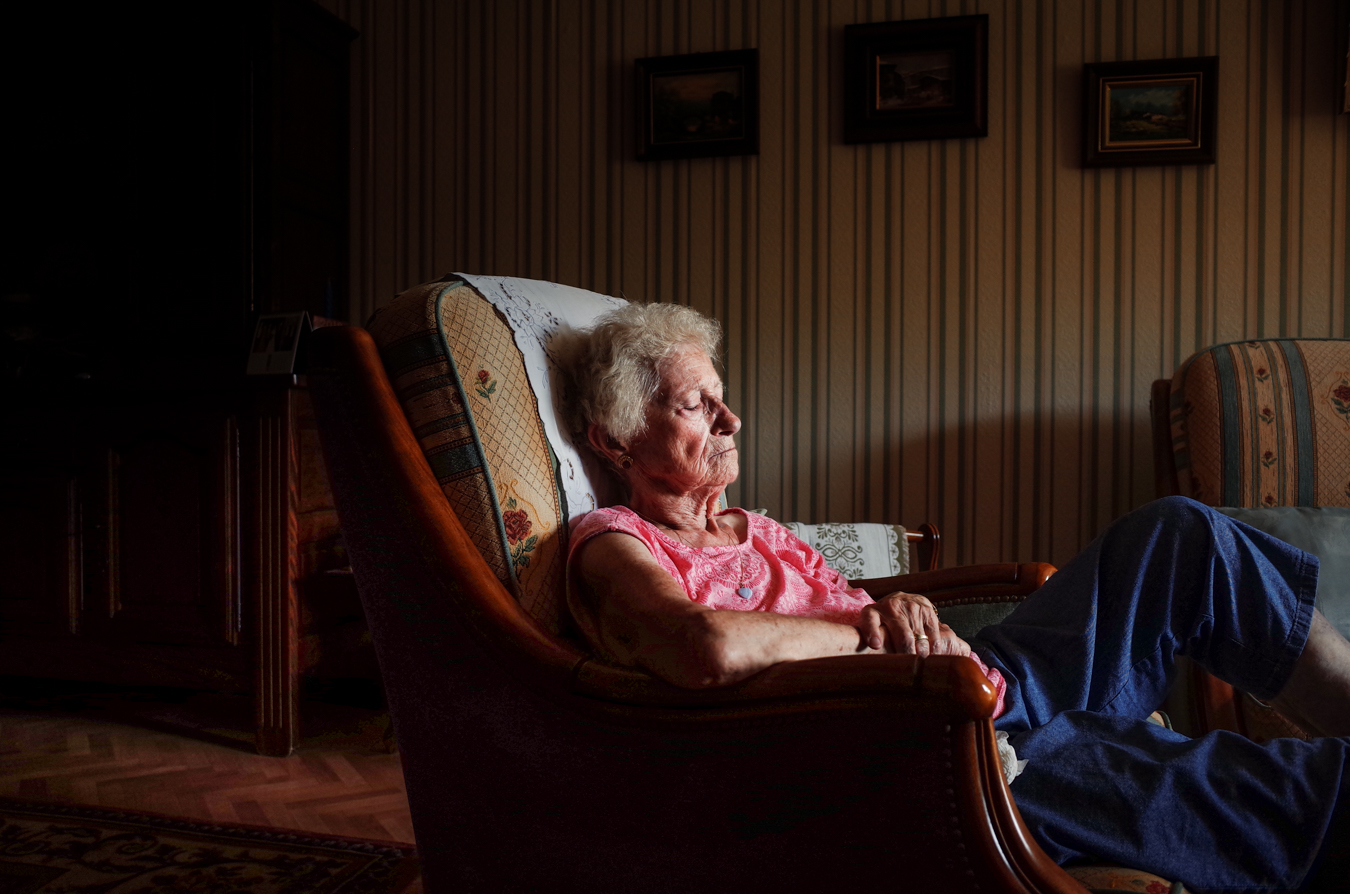Seconded By: Vladimir Karamazov,
Every summer, rural France grows alarmed by the relentless return of heatwaves. With shutters as their only barricades, people seek the gentleness of shadows. The stickiness of an oilcloth in Argonne, the coolness of a lake in the Morvan, or the dampness of a night in Limousin become shelters from a sun that never sleeps.
From the Ardennes to the Pyrenees, I cross the low-density heart of France beneath an unyielding sky. The closure of shops, bars, and farms is at the centre of every conversation. But these rural deserts, once figures of speech, are now becoming literal. Successive droughts strike fear into the hearts of those living along this diagonal. The land that once nourished is dying a little more with each passing summer.
After documenting the daily lives of isolated communities in Central Asia and the Middle East, I felt the need to turn my lens toward the question of isolation within my own country, France. As in all my work, I seek to highlight ways of life that are rarely visible. Here, I wanted to show a different France, an invisible France.
So I set off across my homeland, travelling through what is often called “the empty diagonal”, a vast swath of land stretching from the northeast to the southwest of the country. It is the least densely populated region in mainland France, with a population density comparable to that of Kazakhstan.
This territory is not only marked by demographic emptiness, but also by growing climate anxiety. Villages that once pulsed with life now seem suspended in stillness. Yet people remain resisting, adapting, observing. The countryside doesn’t scream. It murmurs. And I’ve tried to listen.
Through these images, I portray a France that is quiet and dignified, shaped by heat and shadow, by resilience and retreat. I seek out moments where beauty persists despite the collapse.
And yet, something endures. In the elegance of the landscapes, the richness of local cultures, and the beauty of the shadows, promises remain. Promises of renewal, watered against the light.

The Station
On the still-burning asphalt of a summer afternoon in Creuse, a gas station emerges like a mirage. Here, the car remains the only link to the world. Everything else seems to have melted into heat and silence.

Eric
Éric, 56, raises fifty cows in the Argonne region. Each summer, the drought worsens. Hay is scarce. Feeding the herd has become a struggle. Tired and left behind by public authorities, he’s thinking of quitting.

Still life in the Heat
In the scorching heat of an August afternoon, the curtains stay closed. The shade of old farmhouses keeps the air cool. A plate of orchard fruit, left on the table, offers some comfort.

The Shutters
During heatwaves, shutters stay closed from sunrise to sunset. Here in Limousin, as elsewhere, it’s the only way to keep interiors bearable. The air no longer moves, it thickens.

Christiane
In the Loiret, Christiane, 90, rises at dawn to tend her garden and house before the heat sets in. Once it does, she shuts naps in front of the television, like every summer.

Small shops
In isolated villages, small local shops are the last line of defence against demographic desertification. Bakeries, butchers, bars and tobacconists remain spaces of sociability, guardians of a way of life slowly fading under the weight of rural emptiness.

The Lake
In the Morvan, people seek out the coolness of deep forests and lakes. Some camp wild in search of lower temperatures, fleeing the heat, drawn by shadows, and the promise of a breath of relief.

The Livestock Fair
In Aveyron, a livestock fair takes place at dawn. In this scorching weather, the animals suffer too. Heat settles over everything, muting even the sound of hooves on the dust.

